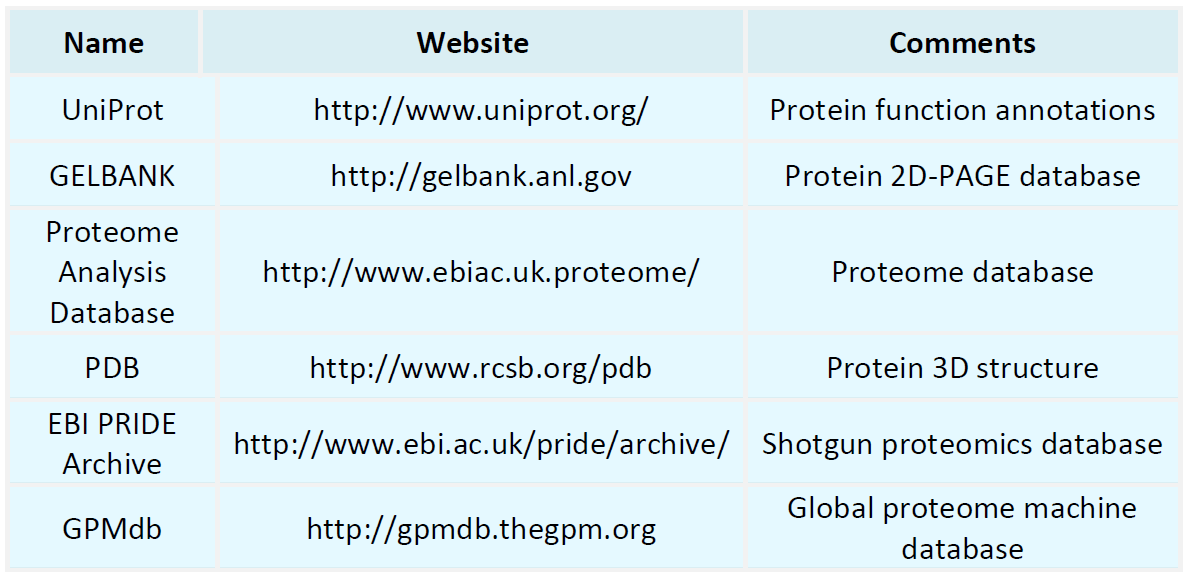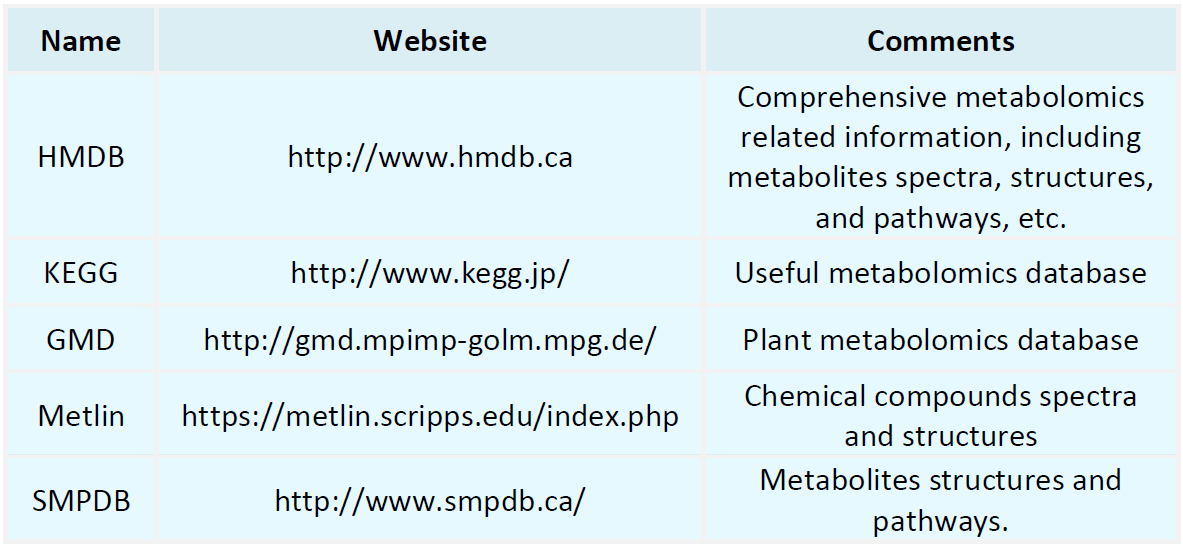Resources
Proteomics Databases

Metabolomics Databases

-
2D-DIGE Analysis (Two-Dimensional Difference Gel Electrophoresis) integrates traditional two-dimensional electrophoresis with fluorescent labeling technology, enabling the resolution and quantification of multiple protein samples on a single gel. Its core advantages are high resolution and sensitivity, essential for comparing protein expression profiles. Unlike conventional two-dimensional electrophoresis (2-DE), 2D-DIGE innovatively uses fluorescent dyes such as Cy2, Cy3, and Cy5 to label different p......
-
SILAC-MS is a widely employed technique for investigating the dynamic changes and functions of intracellular proteins. This method involves the incorporation of stable isotopes of light and heavy amino acids into cell cultures, facilitating quantitative protein analysis. The fundamental principle of SILAC-MS is the replacement of natural amino acids with isotopically labeled ones, introducing distinguishable mass differences during protein synthesis. These differences are highly discernible in mass sp......
-
• Single-Cell Phosphoproteomics
Single-cell phosphoproteomics integrates single-cell analysis with phosphoproteomics, enabling high-throughput examination of protein phosphorylation modifications at the single-cell level. This approach offers new insights into intracellular signal transduction and the regulation of biological processes. Protein phosphorylation is a prevalent post-translational modification that plays a crucial role in regulating diverse cellular functions such as signal transduction, metabolic control, cell cycle pr......
-
• Saliva Proteomics for Disease Diagnosis
Saliva proteomics investigates the protein composition and functions present in saliva, primarily through the analysis of saliva protein expression profiles using advanced proteomic technologies. As a biological fluid that is easy to collect and non-invasive, saliva serves as an ideal sample source for disease diagnosis and monitoring. It contains a complex mixture of proteins, enzymes, antibodies, and microorganisms that can reflect the physiological and pathological states of the human body. Researc......
-
• Antibody Sequencing Methods and Applications
Antibody sequencing refers to the process of determining the genetic or amino acid sequence of an antibody (immunoglobulin). Antibodies are key proteins of the immune system that recognize and neutralize foreign substances such as bacteria and viruses. A comprehensive understanding of antibody sequences is crucial for developing novel vaccines, designing therapeutic antibody drugs, and gaining deeper insights into immune system mechanisms. The core of antibody sequencing lies in accurately analyzing a......
-
• What Makes Quantitative Proteomics So Powerful? A Comprehensive Breakdown
Quantitative proteomics has emerged as a rapidly advancing field within proteomics analysis. Unlike traditional proteomics, which primarily identifies protein presence, quantitative proteomics enables precise measurement of protein expression levels. This capability has made it indispensable in diverse research areas, including disease mechanism studies, drug development, and biomarker discovery. But what makes quantitative proteomics so powerful? This review explores its key advantages, methodologies......
-
• Why You’re Not Getting Reliable Protein Data and How Advanced Proteomics Can Help
In proteomics analysis, ensuring the accuracy and stability of protein data is crucial for maintaining experimental reliability and reproducibility. However, many researchers encounter data inconsistencies, including unexpected fluctuations and deviations from anticipated results. Such challenges not only undermine the reproducibility and validity of research findings but also lead to significant loss of research time and resources. The instability of protein data can arise from multiple factors spann......
-
• The Secret to High-Throughput Proteomics for Cutting-Edge Research
High-Throughput Proteomics plays a central role in modern life sciences research, enabling researchers to simultaneously analyze thousands of proteins and uncover the dynamic changes in biological systems. However, its success depends not only on cutting-edge mass spectrometry technology but also on well-designed experiments, efficient data processing workflows, and stringent quality control measures. This review discusses the critical factors influencing the success of high-throughput proteomics, pro......
-
• Targeted Proteomics: Methods and Applications
Targeted proteomics is a mass spectrometry-based approach dedicated to the precise quantitative analysis of specific proteins or proteomes. It has broad applications in biomedical research, clinical diagnostics, and drug development. Unlike discovery proteomics, which employs an exploratory strategy, targeted proteomics follows a hypothesis-driven approach, enabling the accurate detection of low-abundance proteins in complex biological matrices with enhanced specificity and quantitative precision. M......
-
• Single-Cell Protein Sequencing
Single-cell protein sequencing, or single-cell proteomics sequencing, is a technique for analyzing the proteome at the level of individual cells. Unlike conventional proteomics, which typically investigates large cell populations, this approach allows for the examination of protein expression and variation on a per-cell basis, thereby revealing cellular heterogeneity. The applications of single-cell protein sequencing are extensive, spanning from fundamental research into biological processes like cel......
How to order?







